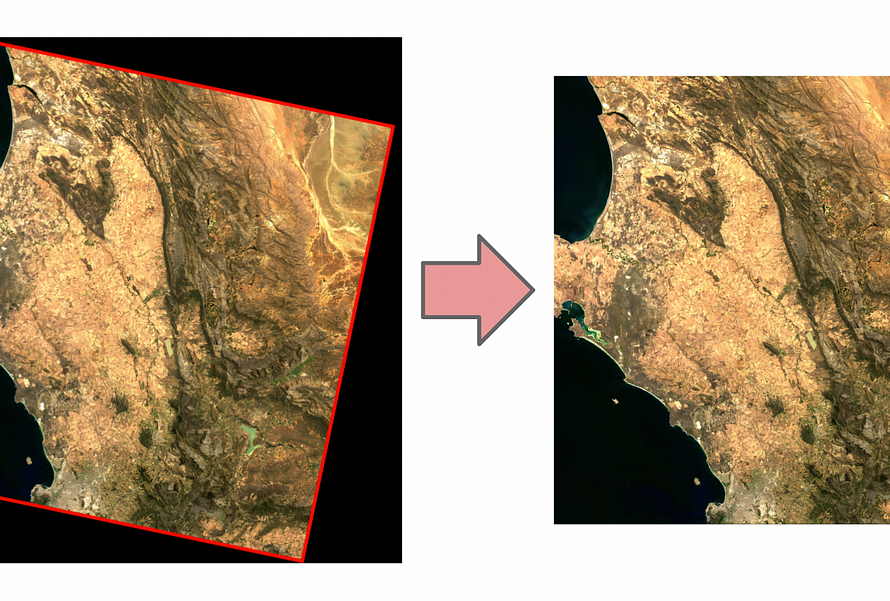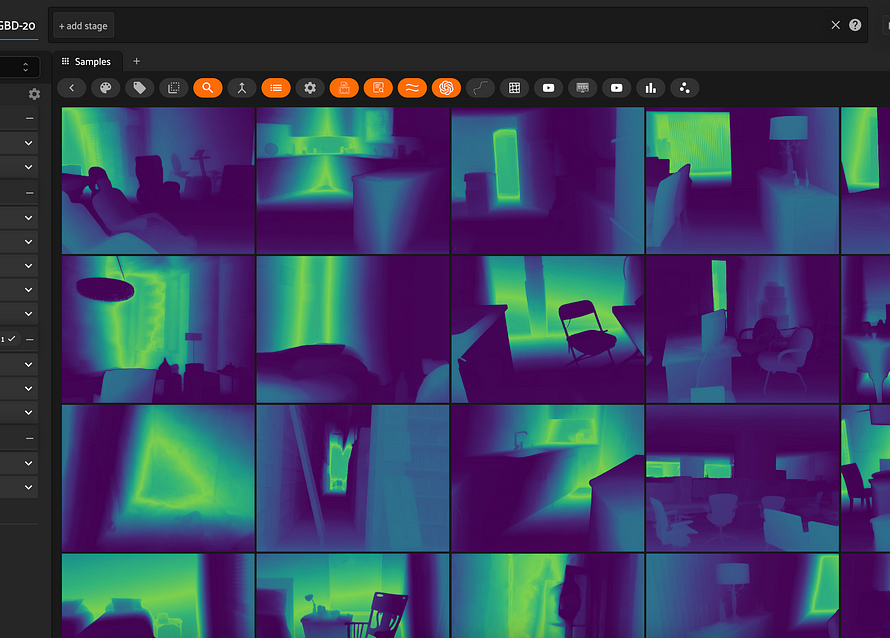- 🌟 Introduction
- 🔍 Sentinel-2 (Spectral Bands)
- 🌐 Downloading Sentinel-2 Images
- ⚙️ Processing Sentinel-2 Images (Clipping and Resampling)
- 🌋 Visualization of Sentinel-2 Images (Volcano)
- 🔥 Visualization of Sentinel-2 Images (Wildfire)
- 📄 Conclusion
- 📚 References
🌟 Introduction
As you may know, our eyes can only see objects in the visible region (the bands of blue, green, and red). However, when light hits an object and reflects, it contains information in other spectral regions, such as infrared. Infrared light can effectively penetrate and pass through dense gases, such as smoke, providing a clear view beneath the smoke. However, Our eyes are not able to see objects in the infrared region, unlike some animals like snakes that can see a portion of infrared in their vision. During the last decades, there has been significant advancement in the development of sensors for detecting infrared light. These sensors have been used in practical applications.
I have always been looking for a good example to illustrate how satellites can detect crucial information in the infrared region, which is invisible to our naked eyes. Last week, I read about the Iceland volcano that had become active for the third time since December 2023. It sparked an idea in my mind to check the images captured by satellites over the volcano. I hoped to be lucky enough to find a clear satellite image of the smoke plume from the volcano, demonstrating how light scatters in the visible region while penetrating through the smoke in the infrared region to reveal lava flows.
I checked a couple of satellites, and guess what? There was one with the perfect timing! The volcano erupted on Thursday morning (Feb 8th), and the Sentinel-2 overpass occurred on Feb 8th around noon. I thought this could be a perfect example to demonstrate how…



